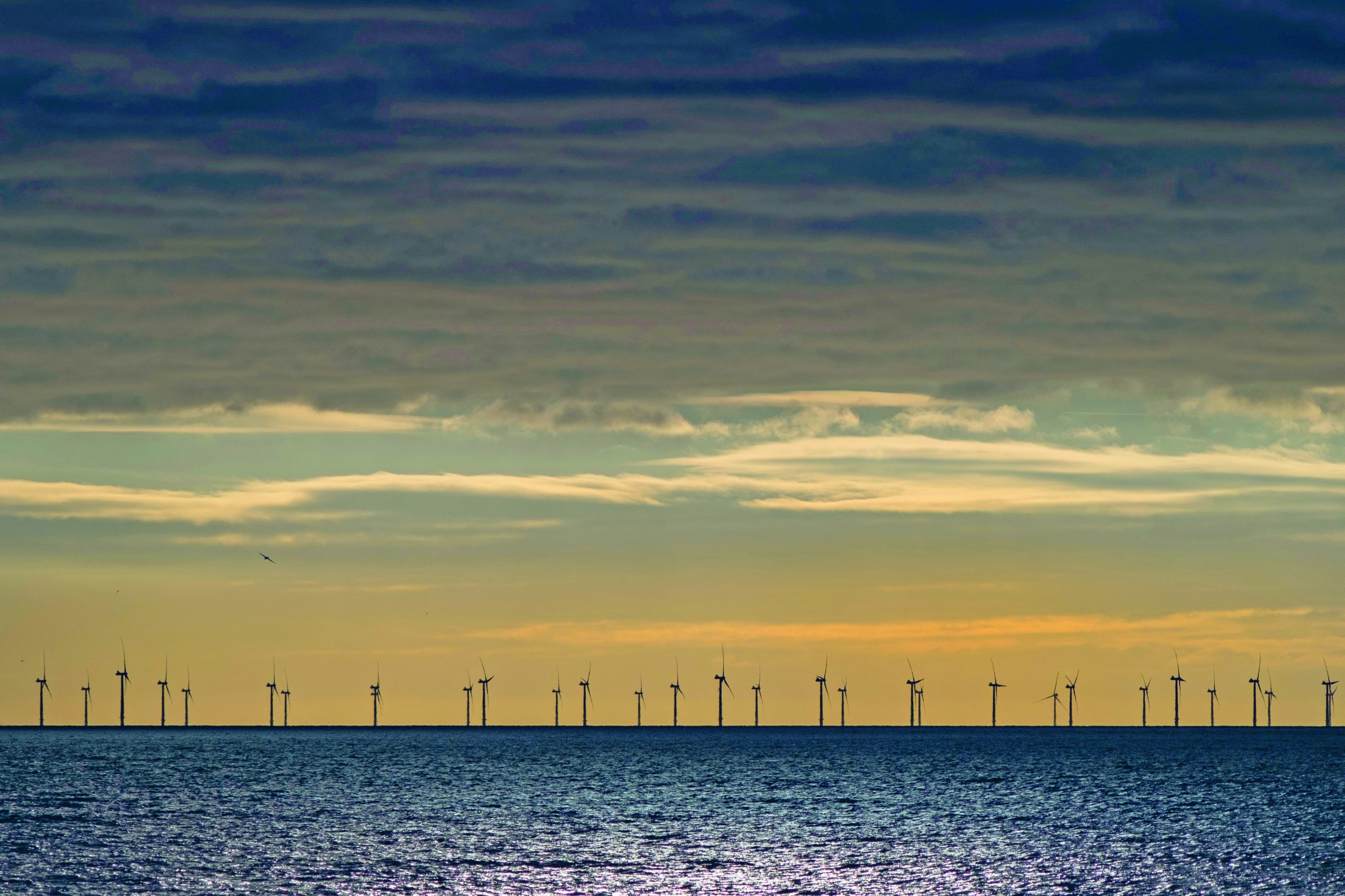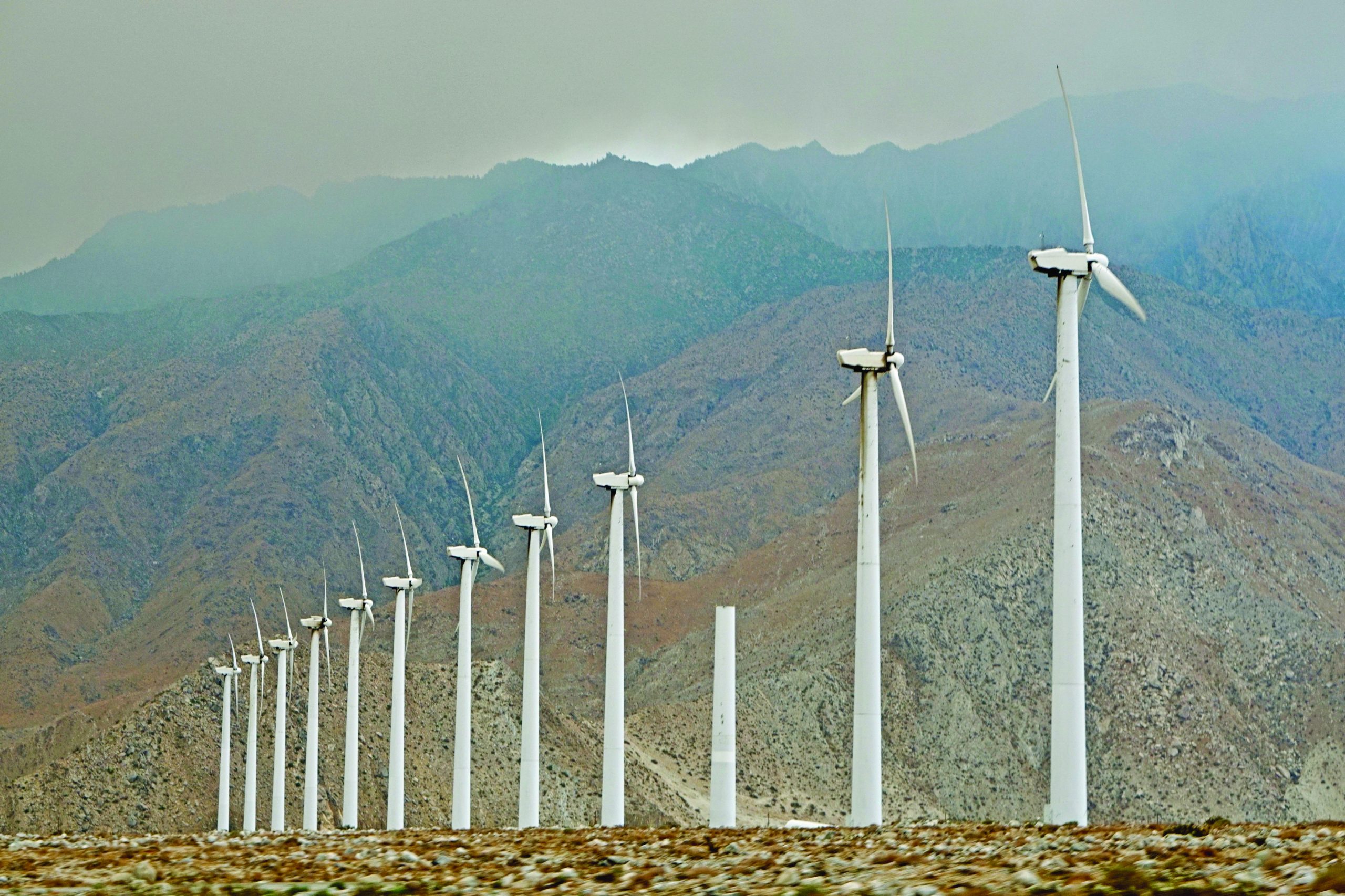The aftermaths of most fires are difficult to contend with. Whether in the home, the workplace, in vehicles, or industrial machinery, when a fire is allowed to take hold, there can be overwhelming financial, legal, and life-threatening implications.
It is no different when a wind turbine catches fire — and the impact is felt on several fronts. Damage to the wind industry’s reputation, to the balance sheets of operators, and most importantly, to the safety of those working on wind farms, are all real consequences.
Fire Hazards
There are multiple catalysts for fires occurring in turbines: arcs from faulty generators and electrical components, friction generated from brakes resulting in sparks reaching flammable components, and cables overheating, just to name a few. Estimates place the number of wind turbines catching fire per year between 1 in 2,000 and 1 in 15,000, but the fact that there is no central repository for incidents makes it difficult to know the true number. Disturbingly, 90 percent of the time a blaze in a turbine will lead to its total destruction, leaving an operator with a huge bill, which can be as high as $9 million, to either replace or repair the equipment. It can also mean 12 to 18 months of lost revenue while the turbine is recommissioned.

Fire safety should therefore be a top priority for all wind-farm operators. The industry’s journey toward truly comprehensive protection against fire shouldn’t begin at the finish line, letting costly firefighting operations and clean-up processes drain resources, hit P&L sheets, and harm the sector’s reputation. The installation of preventative measures such as fire suppression systems, which stop fires before they can spread, are only part of the solution.
It is by evaluating and acting on potential sources of fire risk, with an assessment that is compiled by and shared among stakeholders, that operators can significantly reduce the chances of a fire occurring in the first place — and should one occur, have measures in place to tackle and reduce its effect.
Firetrace’s latest report, “How to Evaluate Fire Risk,” shows why performing an effective fire-risk assessment (FRA) is a crucial part of wind-farm safety, and how to best execute it.
What’s Stopping the Wind Industry?
It is not entirely surprising that fire-risk assessments are not commonplace in the wind industry. While FRAs have been used (or are legally required) in other industries to identify avenues of fire risk, those in wind face no such legal obligation and continue to operate without proper knowledge or precaution. Combined with the fact that third-party independent service providers do not tend to include FRAs in their scope of services, this money-saving and potentially life-saving step is woefully neglected.
J.P. Conkwright, assistant professor of fire protection and safety engineering technology at Eastern Kentucky University, says there seems to be little evidence that wind-farm operators are conducting “holistic fire risk assessments following some type of recognized standard.” Without the proper legal frameworks in place or enough previous examples to use as best practice, operators may become discouraged with the idea of conducting and trusting an FRA that they themselves don’t know for a fact is effective.
The most concerning reason that wind-farm operators do not conduct fire-risk assessments is because they feel having insurance means the assessments are unnecessary, contrary to the National Fire Protection Association (NFPA)’s guidance on recommended practice for fire protection for electric generating plants — NFPA 850 — which encourages the development of a “fire protection design process” and a “fire risk control program” among other measures. Relying on insurance to patch over future damages is both cost-prohibitive and a willful concession to the endangerment of personnel, surrounding communities, and the environment.

Effective Fire Risk Assessments
As detailed in the report, a full commitment to FRAs done with proper procedures will benefit a wind farm proportionally to its operational age, helping maintain its longevity. Wind farms that have been running for more than five years face significant proneness to fire and accidents caused by fire, which only worsens and increases with age. In contrast, an effective FRA will:
Protect personnel working on site by reducing the probability of fire events occurring.
Increase the level of protection for wind-farm assets by reducing the risk of wind turbines being damaged or destroyed by fire.
Save on the cost of repairing or replacing a damaged or destroyed turbine.
Potentially reduce the amount your business pays for insurance (insurers can potentially adjust rates if wind-farm operators include fire-suppression measures).
Reduce the risk of causing wildfires in the surrounding area.
Boost the reputation of your company from an operations perspective.
Help to bolster the reputation of the wind industry in general.
When the benefits are this great, there is no good reason to avoid the responsibility we have as an industry to make sure turbines are as safe and long-lasting as possible.
Conclusion
Despite the low rate of reported incidence, fires are the second most common catastrophic failure type facing wind turbines according to reports over the last decade by GCube, and the costs are inevitably high. There are multiple possible points of origin for turbine fires, each potentially coming from their own location, component, fault, or accident. While most of these fires eventually lead to the turbine’s complete destruction, each area of fire risk has a discoverable beginning, and in most cases, a precautionary solution.
Whether hesitancy springs from a lack of trust in the process, or for fear of wasted time and money, the fact remains that taking a moment to step back and look at how you can make your wind farm safer for your personnel and assets is never a sacrifice; it’s an investment, which yields savings above and beyond what your insurance can patch over after the fact.
Let’s push the boundaries of energy — not safety.
























